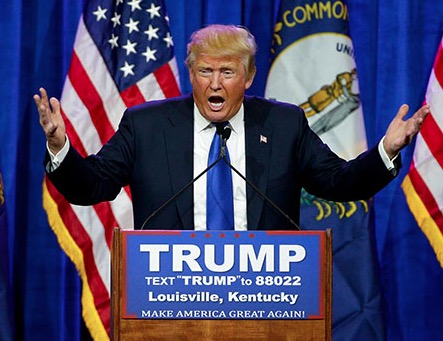Analyst Sees 2017 TV Ad Revenue Down 1%

Television ad spending is expected to drop 1% in 2017, according to a new forecast by analyst Brian Wieser of Pivotal Research.
The drop excludes the gains registered in 2016 because of the Olympics and election year spending.
Weiser has lowered his overall forecast for advertising growth in all media to 2% from 2.8%, as an unusually strong year is followed by one that begins with a large degree of political uncertainty.
“The emergence of new tariffs, infrastructure spending, subsidies or changes in regulations for favored companies or industries, changes to tax policies, the degree to which regulators and the law support more consolidation in certain industries and changes involving foreign workers in high and low tech sectors alike are among the issues that may or may not be a part of the current political agenda,” Wieser said in a note. “Whether or not they are taken up, how they are shaped and what might actually be turned into legislation is anyone’s guess. This uncertainty is unusual, to put it mildly.”
Some marketers and buyers told Wieser they would be cautious while waiting to see how things play out in Washington, D.C., as the Donald Trump administration takes office.
“Our guess is that uncertainty will cause a mild drag early in the year, much as we saw in late 2013 at the time of that year’s U.S. government shutdown. However uncertainty is much more pronounced now, and so we may see a more significant effect,” Wieser said.
Wieser said that while spending on TV will be down in 2017, he’s forecasting a 13% gain for digital advertising.
Broadcasting & Cable Newsletter
The smarter way to stay on top of broadcasting and cable industry. Sign up below
But he notes that it is getting increasingly difficult to separate TV and internet advertising.
“Definitions of ‘TV’ and ‘internet’ evolve with every passing year, especially as capabilities of these media can overlap. In our definition, TV refers to long-form premium television (including Hulu) but excludes shorter-form and semi-professional content as well as online video delivered alongside text-based content. Increasing numbers of advertisers are indifferent as to where their video ads run, rendering these distinctions increasingly meaningless for many,” he said.
“However, most advertisers believe there is a significant difference in terms of the impact of a video ad when it borrows from the ‘brand equity’ associated with premium content by appearing alongside that content. As well, the quality of the impressions delivered in terms of viewability, freedom from brand-unsafe environments, measurement quality and executional processes are generally superior for traditional TV, leading many advertisers to continue managing budgets separately,” Wieser said.
Jon has been business editor of Broadcasting+Cable since 2010. He focuses on revenue-generating activities, including advertising and distribution, as well as executive intrigue and merger and acquisition activity. Just about any story is fair game, if a dollar sign can make its way into the article. Before B+C, Jon covered the industry for TVWeek, Cable World, Electronic Media, Advertising Age and The New York Post. A native New Yorker, Jon is hiding in plain sight in the suburbs of Chicago.










